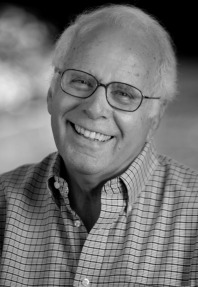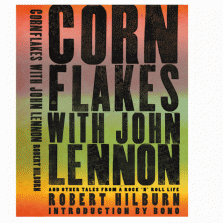√ Bob Recommended
If there is anything this gifted country-pop-jazz singer enjoys as much in the studio as singing an exquisite new tune, it’s collaborating with friends and heroes, especially on vintage numbers. The lure of this collection is it brings together 18 of Jones’ collaborations over the past decade. The remarkable range of performers (OutKast, Herbie Hancock, Ryan Adams and the Foo Fighters) and songwriters (Joni Mitchell, Townes Van Zandt and the team of Jerry Leiber and Mike Stoller) drawn upon is a tribute to Jones’ taste and wide musical vision. Among the highlights: the sensual, blues-rock feel of Norah’s teaming with her sideband, the Little Willies, on the early Elvis Presley hit, “Love Me,” and the alluring, Grammy winning duet with Ray Charles on the country ballad, “Here We Go Again.” Also noteworthy: Jones and Willie Nelson on the pop charmer, “Baby, It’s Cold Outside” and Jones and M.Ward redoing the lovely Joe Melson-Roy Orbison composition, “Blue Bayou.”
MOVIES
“THE TOURIST”
Deceptively entertaining
This film has gotten some of the worst reviews of any major studio release of the year—a 38 (out of 100) in the www.metacritic.com survey. There are repeated charges of no wit or tension in the plot and no chemistry between box-office superstars Angelina Jolie and Johnny Depp. And, the film is loaded with problems. But the movie’s final twist helps us make sense of some of the earlier trouble spots and links the movie to the good-natured, romantic drama-comedy tradition of “North by Northwest,” “To Catch a Thief” and “Charade.” You can almost imagine Cary Grant on the screen as Depp—who is presented to us as an ordinary American tourist caught up in international intrigue—runs across Venice rooftops in his pajamas as he tries to elude some killers. There’s no question, however, that Depp and Jolie fail to bring to “The Tourist” the kind of disarming charisma and charm of such teams as Grant and Eva Marie Saint or Gregory Peck and Audrey Hepburn. That’s the film’s main stumbling block—and it is puzzling. The lingering question is whether Depp, especially, is simply dull in the role or whether he is doing a remarkable job of portraying a dull man—as called for in the script. Don’t be surprised if people won’t still be debating the Jolie/Depp matter years from now. “The Tourist” might even become a cult classic along the lines of John Houston’s “Beat the Devil”—a film whose merits are hotly debated after half a century.
“FASTER”
Even the title is forgettable
The only thing I came away from this mediocre action-revenge film was two questions: Why doesn’t Hollywood give Billy Bob Thornton, a fine actor, more parts and why does Hollywood give Dwayne (The Rock) Johnson so many parts?
BOOKS
JANE LEAVY’S “THE LAST BOY: Mickey Mantle and the End of America’s Childhood” (Harper)
√ Bob Recommended
Though this book feels more like a series of exhaustingly researched and lively written magazine articles than a formal biography, it is entertaining and frequently touching. Leavy, who also wrote the well-received biography “Sandy Koufax,” covers the Yankee great’s career mostly by simply focusing on key events or days in his life, such as the 1953 day in Washington, D.C. that Mantle supposedly hit a ball 565 feet. In writing about those key moments, she reports extensively on the impact of Mantle’s notorious, party boy lifestyle and his early injuries--leaving us to wonder how much greater his stats might have been if he had taken better care of himself. The most moving parts of the book are when she speaks about his post-baseball career and his life-long difficulty in relating to his family.


 RSS Feed
RSS Feed


